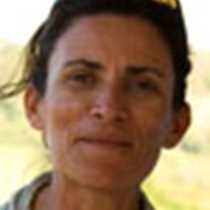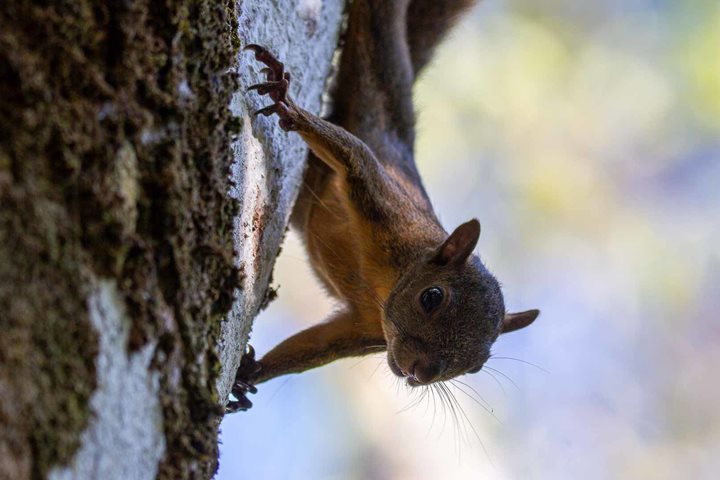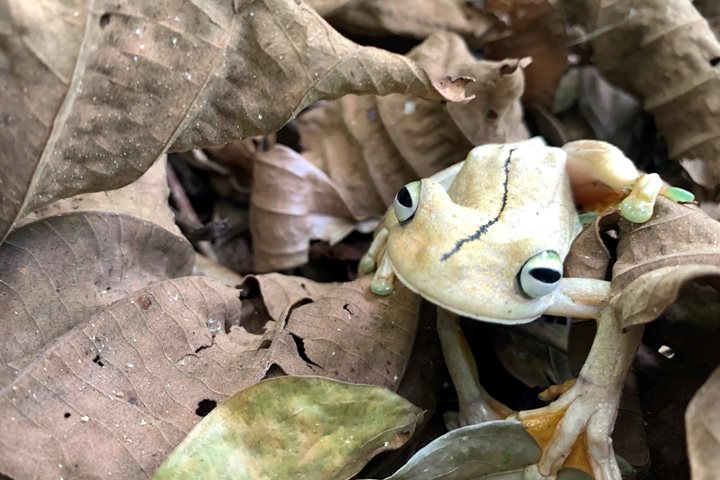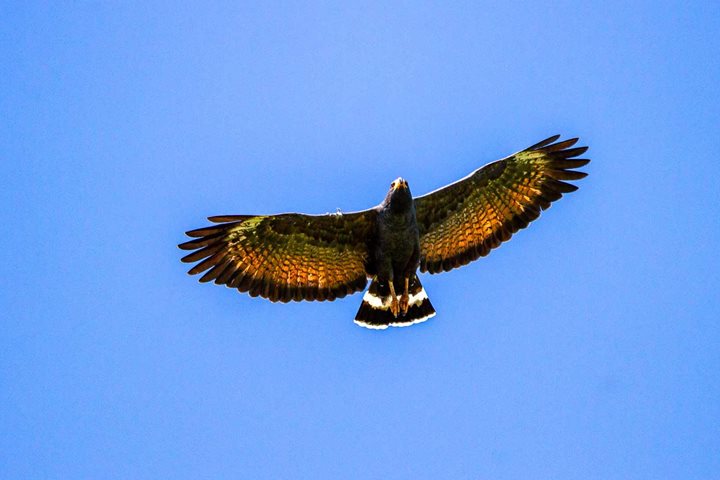As the dawn of our last day on board National Geographic Sea Lion reached its end, our vessel slowly approached one of Costa Rica’s most visited and famous national parks. Established in the 1970s, Manuel Antonio is a name of unknown origin, but is a very well-known one, even by the local people throughout the country. This small 3,600 acre park (around 1,500 hectares) is a haven for medium-sized mammals that have found no threat within its territory. Surrounded by a sea of pasturelands and human settlements, the park is isolated from any other piece of land and has created a territory free of large, and even medium-sized predators. Thus, many species that would have their population controlled by these animals have found in it a sanctuary. Manuel Antonio is also the place to come to if one is looking for beautiful white-sandy beaches while taking pictures of monkeys, sloths, raccoons, agoutis, and many species of birds.
Today Manuel Antonio delivered as expected. Early this morning we all went ashore, where the large group was divided in two ways: long walkers and flat walkers. The long walkers took the Cathedral Point trail up and down the loop trail while the flat walkers, taking the famous “sloth valley trail” mainly focused on searching for wildlife. Karen and Adrian, the two local experts who ‘guided’ us into the park and who know all of its secrets, shared with our guests their knowledge of the park and the local culture. We all came back to the “station” with a lot of things to say and a lot of stories to share. Nevertheless, the best story was told right at the “station,” where white-throated capuchin monkeys raided our camp. One of them decided to search for whatever it could find within our expedition leader’s backpack. It opened the zipper and pulled out the first thing it found—alas, Gustavo’s cellphone. It tried to chew, open, and eat it, but—luckily—without success. Finally, falsely tempted with the promise of an unnatural packaged good, it let go of the phone and walked back into the heart of its social group.
Back on board for a well-deserved lunch, a quick rest, and the preparation for the following day for those who are doing the seven day land extension, many of us went back to the beach to relax in the warm sand and sun of the Costa Rican central Pacific coast. We all came back on to the ship to begin our transit towards our last destination, Herradura Bay. With a final incredible sunset we said goodbye to our exciting week on the coasts of Panama and Costa Rica.







